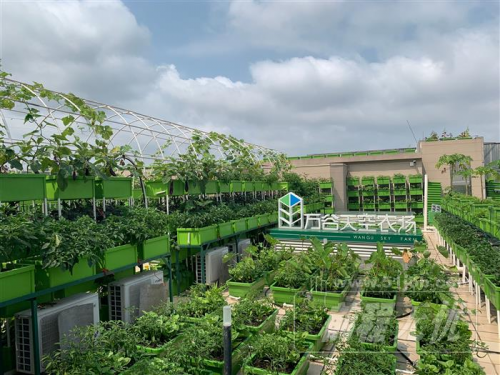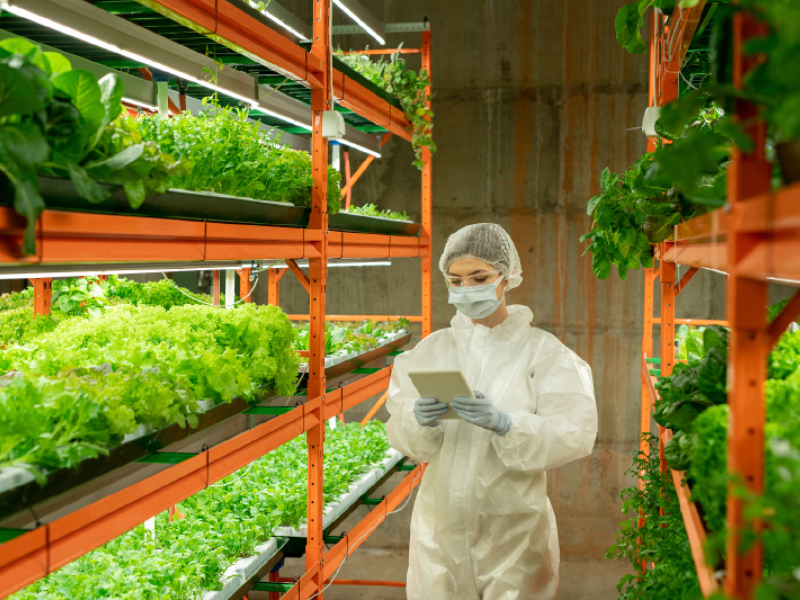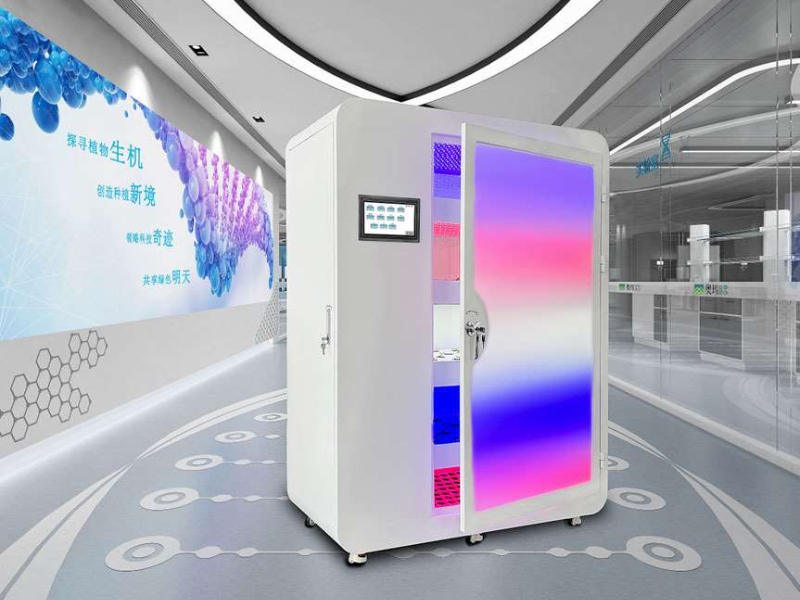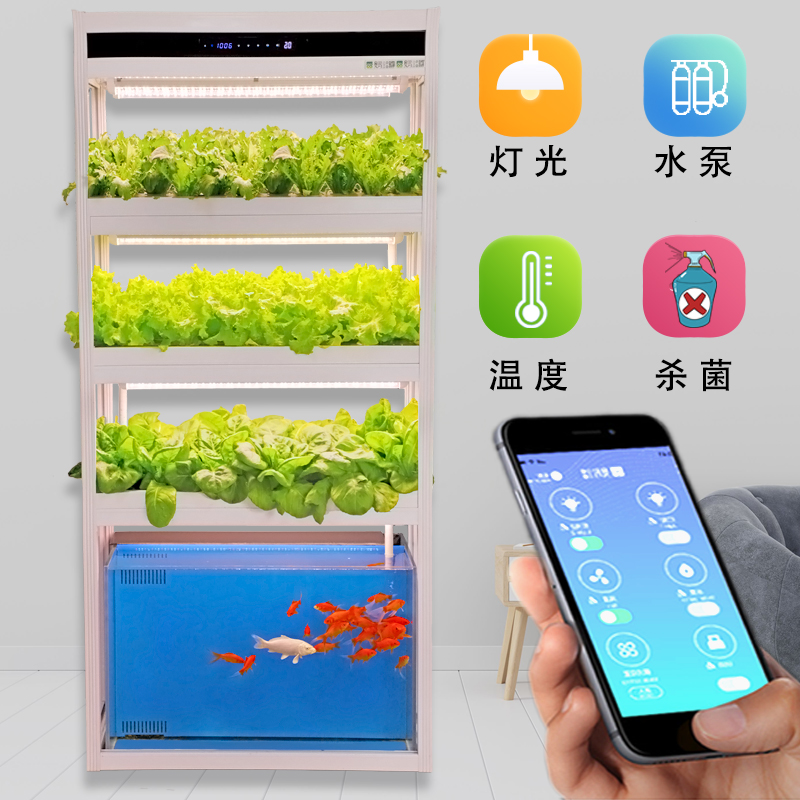Agricultural production has become one of the important issues in modern society. The traditional agricultural production mode is subject to many constraints, such as land resources, climate, manpower and so on. Through the introduction of advanced scientific and technological means and modern planting technology, modern agricultural production provides people with a more efficient, healthier and more sustainable agricultural production mode. Roof planting is an innovative agricultural production mode, with the continuous progress and development of modern agricultural technology, roof planting has become a new type of efficient, energy saving, environmental protection and sustainable agricultural production mode. This paper will deeply discuss the application of modern agricultural technology in rooftop planting, and provide a detailed scheme for readers.

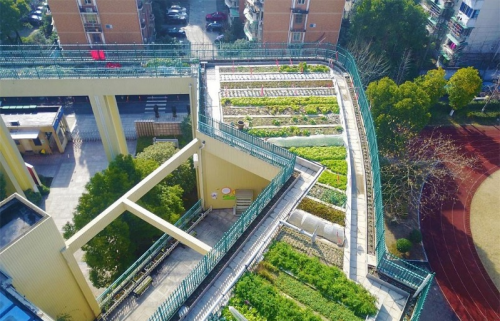
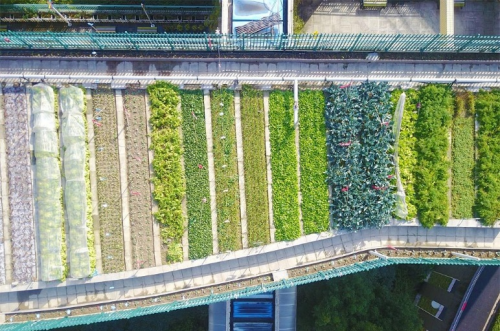
First, the application of modern agricultural technology in rooftop planting 1. Precision planting technology Precision planting technology refers to the selection of the best growth medium, planting technology and environmental control measures according to the growth habits and ecological environment of different crops, so as to achieve efficient, high-yield and high-quality agricultural production. In rooftop planting, precision planting technology is a very important technology, which can help farmers achieve efficient planting patterns such as soilless cultivation and high-density planting, greatly improving the yield and quality of agricultural products.
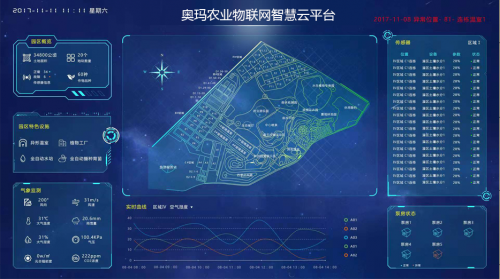
2. Intelligent management technology Intelligent management technology refers to the use of modern information technology such as the Internet of Things and big data to carry out real-time monitoring and data analysis of the entire process of agricultural production, so as to achieve refined and efficient management. In the rooftop planting, intelligent management technology can achieve precise regulation of the planting environment, including the control of factors such as light, temperature, humidity, and CO2 concentration, as well as the application of high-tech equipment such as drones and robots, which can realize the automation and intelligence of agricultural production and improve planting efficiency and economic benefits.
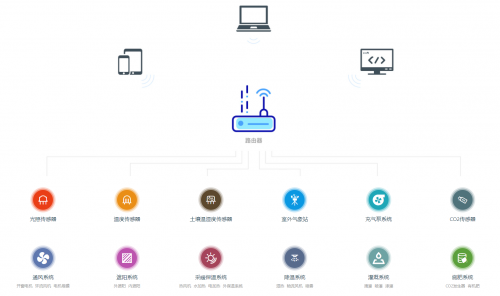
3. Environmentally friendly planting technology Environmentally friendly planting technology refers to the use of environmentally friendly production methods in the planting process to reduce or avoid pollution and damage to the environment. In rooftop planting, environmentally friendly planting technology can use water recycling systems, organic fertilizers, biological control and other technologies to reduce the use of fertilizers and pesticides, protect the environment and ecosystem, and achieve sustainable development.

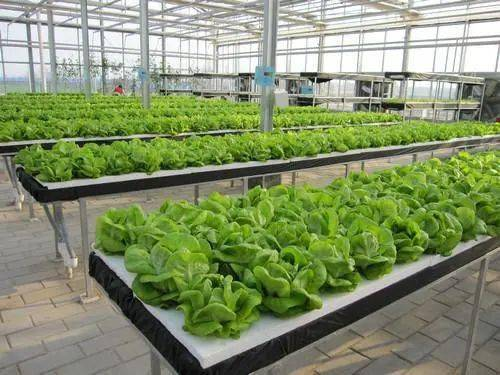
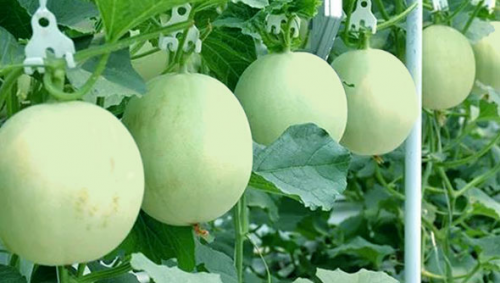
Second, the technical details of the roof planting 1. Light regulation technology Light regulation technology refers to the use of LED lights, light synthesis and other technologies to adjust the light conditions required in plant growth to meet the growth needs of plants at different stages. In rooftop planting, because the roof environment is affected by shielding, it is necessary to enhance the light intensity and extend the light time through light regulation technology to improve the growth rate and yield of plants. In addition, light control technology can also control the flowering time of plants and fruit color and other factors to improve the quality and added value of agricultural products.
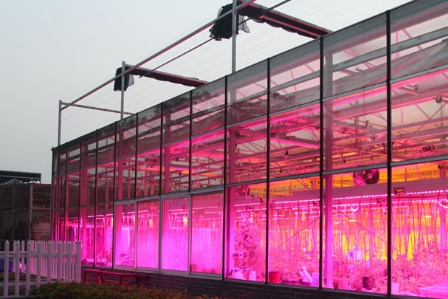

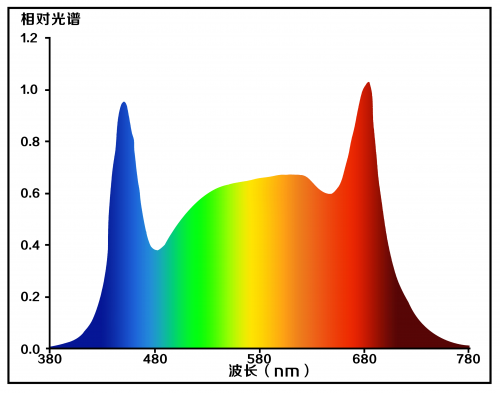
2. Circulating irrigation technology The use of circular irrigation techniques can bring many benefits. First, it can improve the growth rate and yield of hydroponic plants, because the plants can get sufficient water and nutrients. Secondly, it can reduce the waste of water and nutrients, thus reducing costs and environmental pollution. Cyclic irrigation technology can reduce the concentration fluctuation of nutrient solution and maintain the balance of nutrients, thus improving the quality and yield of plants.
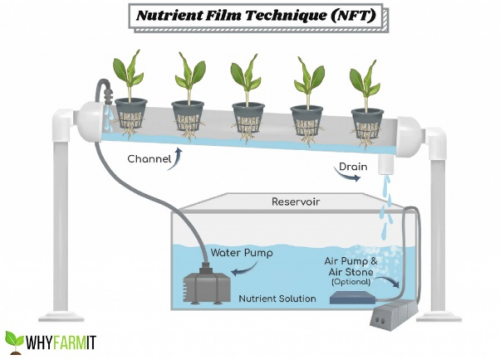
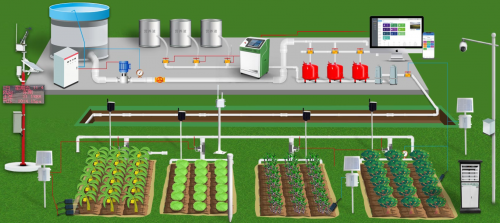
3. Uav plant protection technology Uav plant protection technology refers to the use of drones to accurately spray farmland and control diseases and pests. In the rooftop planting, due to the small planting area, but the high position, the use of traditional agricultural machinery is difficult to operate, so the use of drone plant protection technology can improve work efficiency and safety, but also can accurately control the amount of agents and application time, reduce agent waste and environmental pollution.
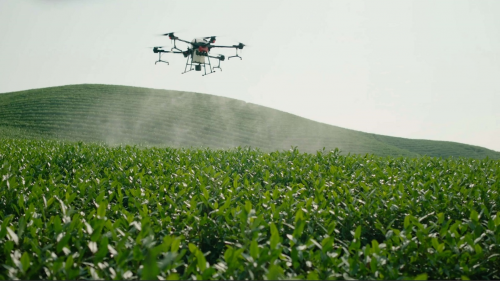
4. Eco-climate control technology Ecoclimate control technology is to adjust the climatic conditions of planting environment to meet the needs of plant growth. In the roof planting, because the roof environment is greatly affected by the climate, it is necessary to adopt ecological climate control technology, including temperature, humidity, CO2 concentration and other factors. For example, sunshades and spray systems can be used to regulate temperature and humidity to maintain a suitable range; CO2 concentration regulation technology can also be used to improve the intensity of plant photosynthesis and promote plant growth.
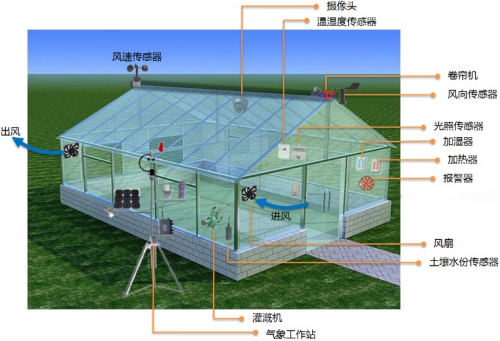
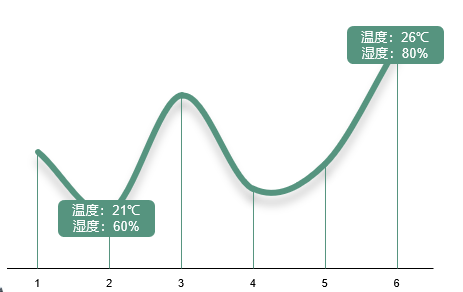
Three, automatic nutrient solution allocation system The Internet of Things intelligent fertilizer system refers to the real-time monitoring and control of plant growth environment, fertilizer application amount, water quality and other parameters through the Internet of Things technology. The system collects, analyzes and processes the data of the plant growth environment through sensors, controllers, computers and other equipment, automatically adjusts the fertilizer amount and water quality, so that the plant growth is in the best state, and the high-yield and efficient hydroponic cultivation is realized. The core technology is sensors. The sensor can monitor the environmental parameters around the plant roots in real time, such as temperature, humidity, PH, dissolved oxygen, electrical conductivity, etc., transmit the data to the computer for analysis and processing, and automatically adjust the fertilizer application amount and water quality according to the needs of the plants. In the system, through the optimization of algorithms and automatic control, the precise, efficient and sustainable development of plant growth can be achieved. In hydroponic cultivation, the application of the Internet of Things intelligent fertilizer system has the following advantages: 1. Precise fertilization: Through real-time monitoring of environmental parameters around plant roots, the system can achieve precise fertilization of plants, avoid wasting nutrients, and improve fertilization efficiency. 2. Automatic control: Through algorithm optimization and automatic control, the system can automatically adjust the fertilizer amount and water quality, reducing the burden of manual operation. 3. Real-time monitoring: The system can monitor the growing environment and fertilization of plants in real time, find problems in time and deal with them to ensure the stability and health of plant growth. 4. Data analysis: The system can collect, analyze and process a large number of plant growth environment data to help farmers better understand the growth state of plants and make more scientific and reasonable decisions. 5. Visual management: The system can present the data in the form of charts and other forms to achieve visual management, which is convenient for farmers to manage and monitor. The application of the intelligent fertilizer regulation system of the Internet of Things provides an advanced and efficient planting technology for hydroponic cultivation, which can realize multiple functions such as precise fertilization, automatic control, real-time monitoring, data analysis and visual management, improve the efficiency and quality of hydroponic cultivation, and has broad development prospects.

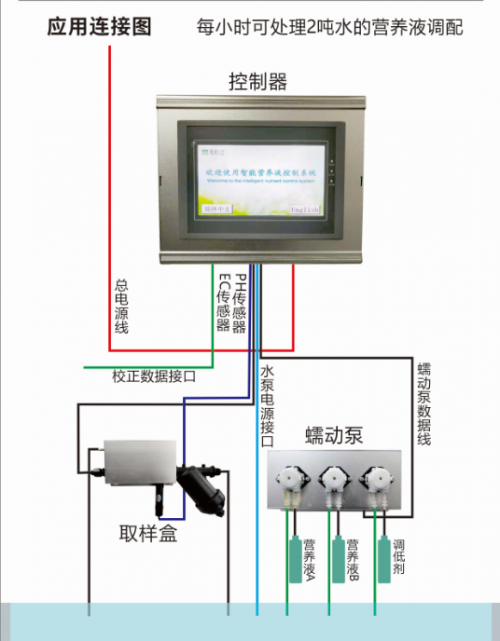
Fourth, the design of roof planting scheme 1. Planting area design The design of the planting area needs to be rationally allocated according to the size and shape of the roof plan to maximize the use of space and improve the planting efficiency. According to the plan, the roof area is 32×22 meters, among which the planting area is 32×14 meters, the planting area can be divided into 5 areas, and the large area can be used for planting vegetables and fruits with high growth, such as tomatoes, cucumbers, strawberries, etc. Small growing areas can be used to grow smaller vegetables and flowers such as cauliflower, cauliflower, tulips, etc.

2. Planting method design In terms of planting methods, soilless cultivation technology and hydroponics technology can be adopted to reduce land use and improve planting efficiency to the greatest extent. Using soilless culture technology, it is necessary to choose high-quality soilless media, such as decomposed straw, wood chips, vermiculite, etc., the plant through the integration of water and fertilizer technology to supply nutrients, so that the plant growth is fast and the yield is high. Using hydroponic technology, it is necessary to put plant roots into nutrient solution, and use light regulation technology and water and fertilizer integration technology to supply nutrients, so that the plant grows fast and the yield is high.
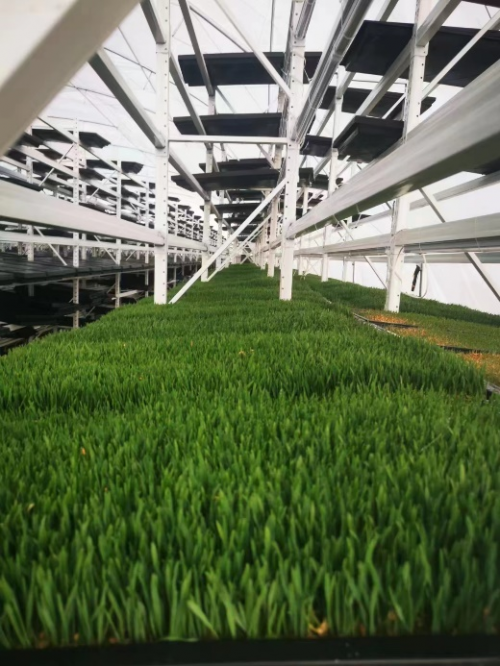
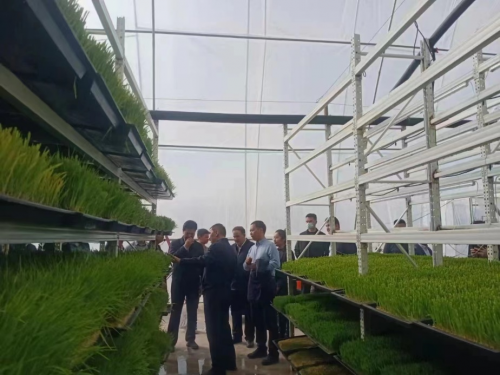
3. Planting species design In terms of planting species, it is necessary to make reasonable selection according to climate and market demand in order to improve yield and economic efficiency. In terms of climatic conditions, vegetables and fruit varieties adapted to the roof environment can be selected, such as tomatoes, cucumbers, strawberries, etc. In terms of market demand, vegetables and fruit varieties with large market sales and high value can be selected, such as ginger, coriander, longan and so on. In addition, it is possible to choose vegetable and fruit varieties that adapt to the seasonal climate and market demand according to the changes of the season.
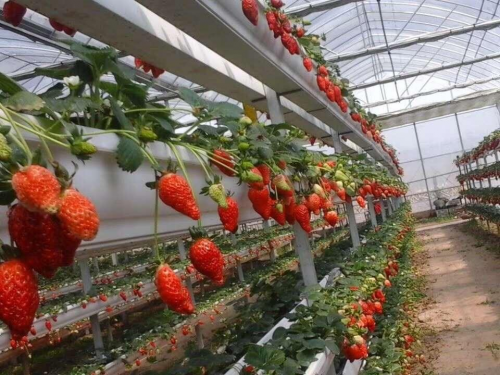
Five, roof planting program management 1. Planting plan management Planting plan management refers to the development of corresponding planting plans and management programs according to the changes of seasons and plant growth cycles to ensure the growth and yield of plants. In the planting plan, factors such as climatic conditions, fertilizer supply, pest control, and harvest time need to be considered to ensure the stability and controllability of plant growth and yield.

2. Fertilizer supply management Fertilizer supply management refers to the rational selection of fertilizers and the formulation of scientific and reasonable fertilizer supply schemes to improve plant growth rate and yield. In the selection of fertilizer, you can choose a combination of fertilizer and organic fertilizer to ensure that the nutrients required for plant growth are fully supplied. In the formulation of fertilizer supply plan, it is necessary to consider the growth cycle and needs of plants, and rationally allocate the type and amount of fertilizer to avoid poor plant growth or the breeding of diseases and pests caused by excessive application of fertilizer.
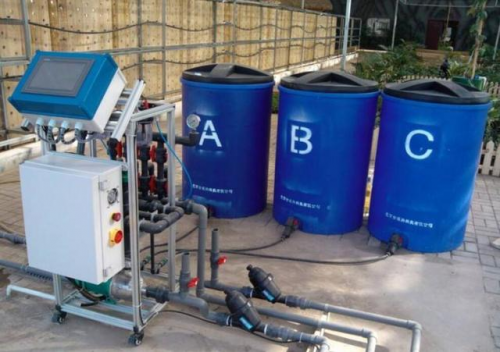
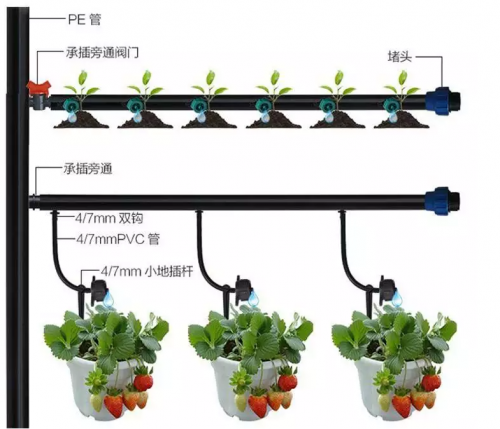
3. Pest control and management Pest control management refers to the adoption of effective control measures to prevent and treat plant diseases and pests to ensure plant growth and yield. In terms of control measures, a combination of physical control, chemical control and biological control can be used to ensure that plants are not harmed by diseases and pests. In pest control, it is necessary to discover and deal with pests and diseases in time, avoid the spread and spread of pests and diseases, and ensure the healthy growth and yield of plants.
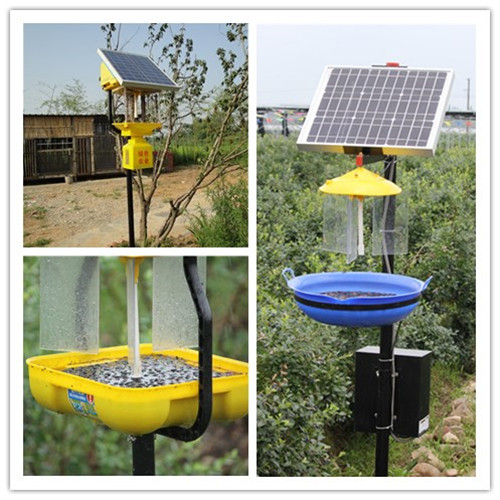
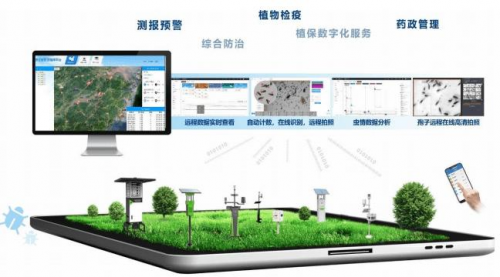
4. Harvest management Harvest management refers to the development of corresponding harvest programs and management measures according to different plant growth cycles and variety characteristics to ensure harvest quality and yield. In the development of harvest plan, it is necessary to consider the plant growth cycle and harvest time to avoid yield loss and quality reduction caused by too early or too late harvest. In harvest management, correct harvesting methods and tools are needed to avoid damaging plants and affecting yields.


Sixth, the economic benefits of rooftop planting program Rooftop growing solutions can not only provide fresh, organic vegetables and fruits, but also bring economic benefits. Through reasonable planting design and management, it can improve the yield and quality, reduce the cost and improve the economic benefit. Specifically, economic benefits can be improved from the following aspects: 1. Improve production and quality. Through scientific and reasonable planting design and management, choose the appropriate varieties and planting methods, improve the yield and quality, and increase sales revenue. 2. Reduce costs. Through scientific and technological means, such as water-saving irrigation, precise fertilization, disease and pest control, planting costs are reduced and economic benefits are improved. 3. Develop markets. With people's attention to health and environmental protection, the demand for organic vegetables and fruits is increasing. Rooftop planting can not only provide fresh, organic vegetables and fruits, but also open up markets and increase sales revenue through online sales and community group buying. 4. Increase community brand awareness. Rooftop planting can establish its own brand image in the community, improve brand awareness and reputation, and attract more consumers' attention and purchase.
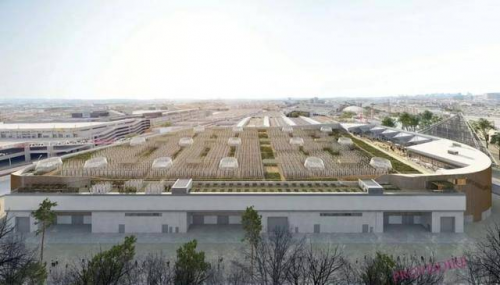
Vii. Conclusion Roof planting is a modern, scientific and green planting method, which has the advantages of environmental protection, health and sustainable development. In the design and management of the roof planting program, it is necessary to consider the environmental conditions of planting, plant varieties and planting methods, the application of scientific and technological means and economic benefits to ensure the stability and sustainability of the roof planting. Through rooftop planting, it can provide fresh and organic vegetables and fruits, reduce the waste of urban space, improve the quality of urban ecological environment, and promote urban sustainable development.
